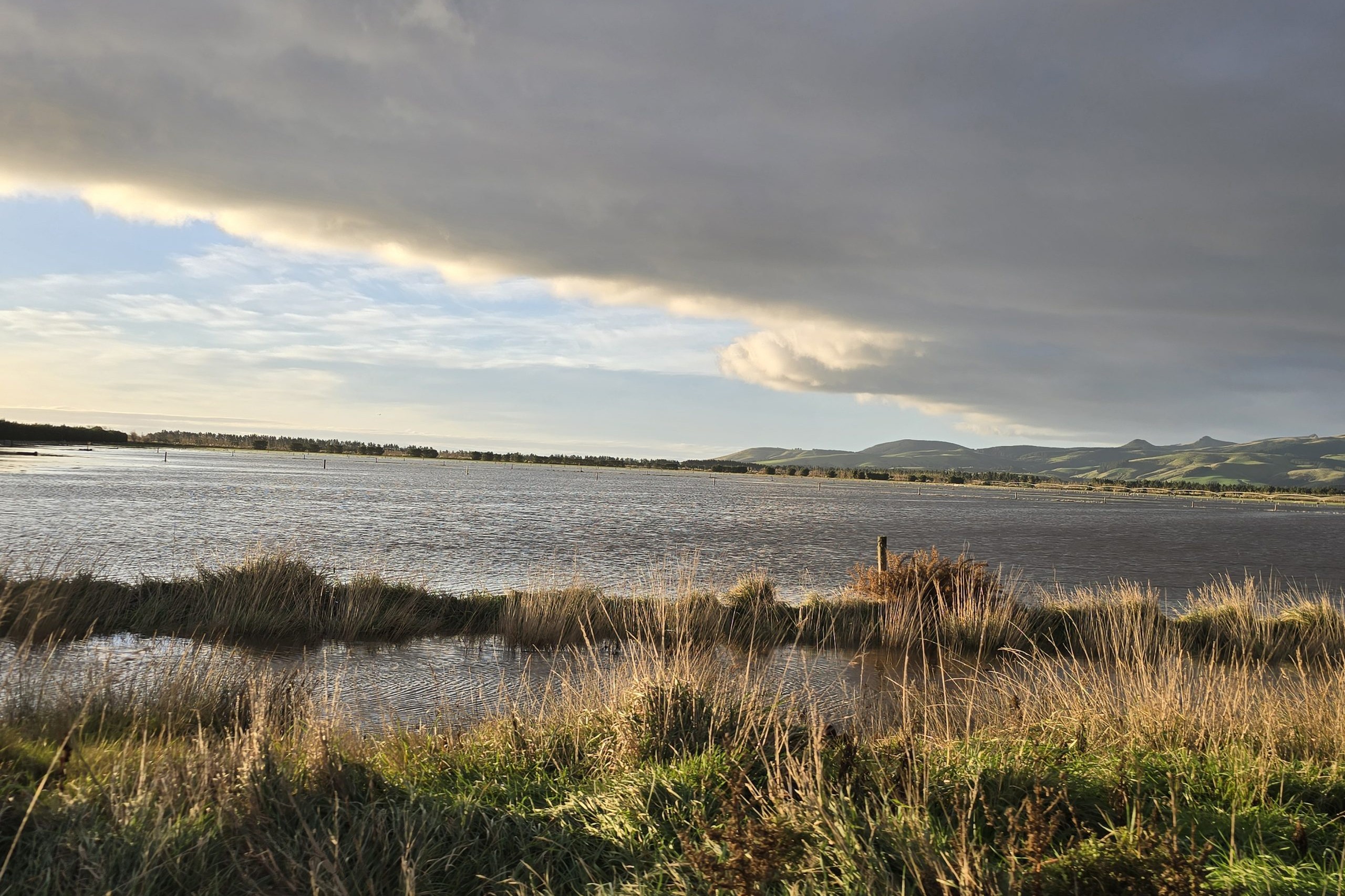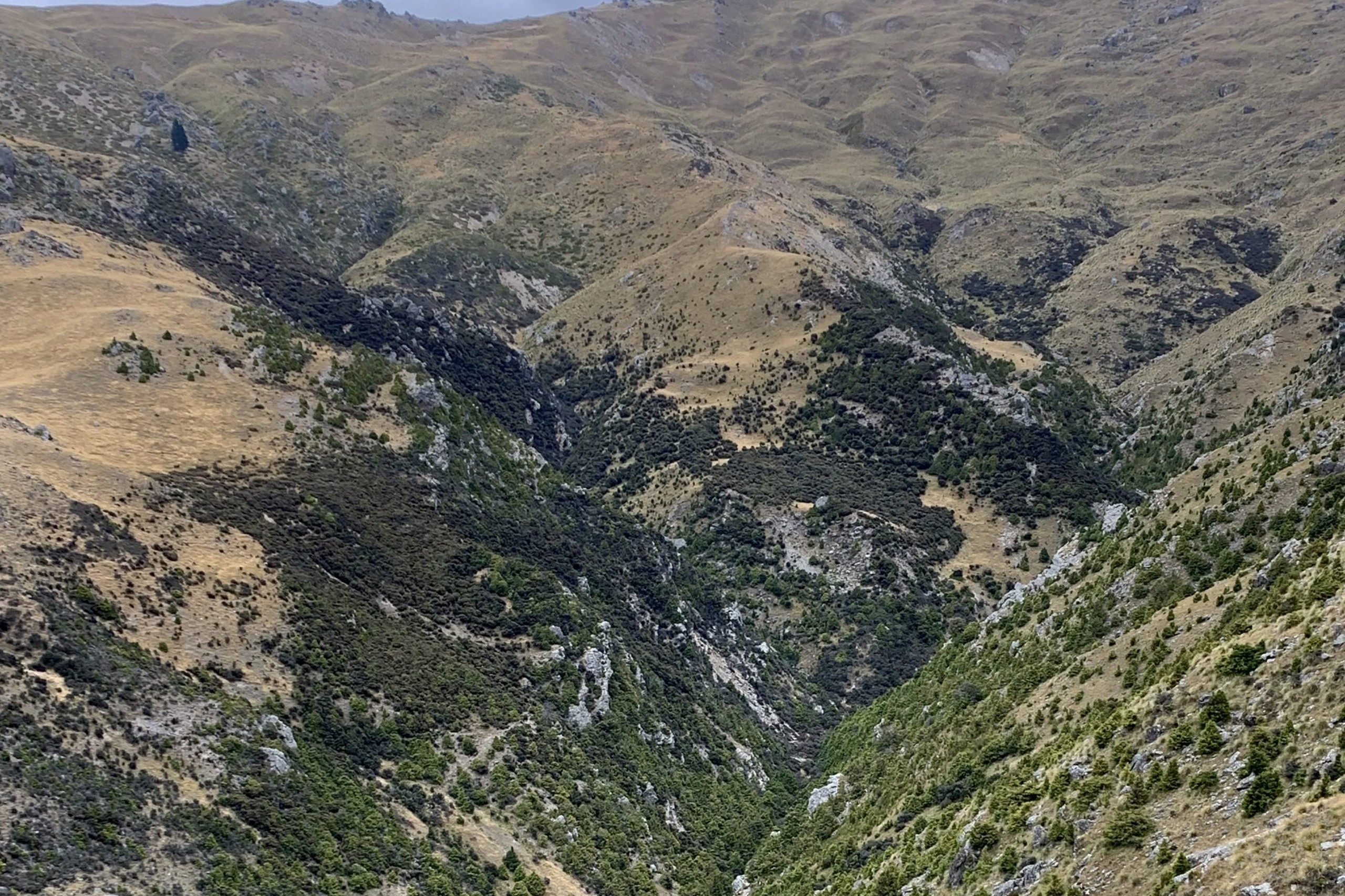The season kicked off for Paul Burt looking like one of the very best. But weather and world events have turned things around.
What are they MOST likely to be dying of?” I asked our local vet Don. Looking around at the mob of replacement ewe lambs and the feed situation we both agreed the list could be long.
Don had come up to P.D. some cows and that morning I had caught and carried back to the yards a likely looking suspect from the lamb mob, well-grown but listless and losing condition.
You are never surprised when the odd lamb in a mob pegs out for no reason but I had been losing them at the rate of two or three a week. They hadn’t had a specific Barbers Pole drench but it was far too dry for any worm explosion and they weren’t anaemic.
Don listened to its lungs and pronounced them reasonable. The lamb’s temperature was slightly above normal. I wasn’t going to waste any more money on it but he suggested a long-acting antibiotic so it was jabbed and left in a grassy pen with shade and water. It repaid our consideration by dying the next day.
An autopsy showed infection in the chest cavity which is a sign of viral pneumonia for which, on a mob basis, not a lot can be done.
At the time of writing we have had just 12mm of rain in 65 very hot days and despite stock policies that cater for dry summers this one is bad enough to have a severe impact on next year’s production. How things pan out financially will depend on the timing and quality of decisions made from now on. And it is easy to get it wrong.
Pre-Christmas, with just 800 sale lambs left onfarm, plenty of grass and strong schedules we elected to farm them on even though they needed a 6-7kg liveweight gain for a decent carcaseweight.
They had a store value of $115 at the time. We panic-sold them on February 20 for less than $80 a head. They had grown poorly and the climatic effect on store prices has been huge. Add to that unforeseen happenings on the world stage and we have witnessed one of our very best seasons deteriorate into potentially one of our worst.
There is much beyond our control but if there is one thing you can rely on it is the ability of Kiwis on the land to overcome the odds and rise above them. Sadly, the inventiveness and tenacity of the quintessential Kiwi character only seems to live on in rural areas.
Urban drift has seen the bulk of the population living in towns and cities. This migration has coincided with a shift in attitude with many people not making a connection between what they put into their lives and the resulting outcome.
Very few of our parents’ generation complained and waited around for someone else to improve their lot. They valued education. They started work at the bottom and put in the effort to progress.
If living conditions were sub-standard, they worked to improve them. If they didn’t get on with the boss many branched out on their own and sacrificed much to build successful lives. In short, they had a strong belief that their individual efforts were paramount to their future wellbeing.
The other day we happened to be at Matawai at a friend’s woolshed which was in full swing. The young fellow on the top stand was shearing the full-fleeced ewes at the rate of 50 an hour for the eight-hour day.
If you don’t know the physical input that requires think of running back-to-back marathons. His best stint has been 40 days straight at that pace. And don’t doubt the mental agility, no-one becomes an athlete of that calibre without fully engaging their brain as well. He won’t be complaining about the price of houses or the lack of opportunity. He’s already sized up the situation and put himself ahead of the game.




